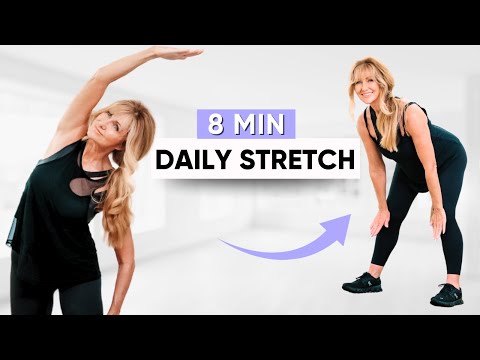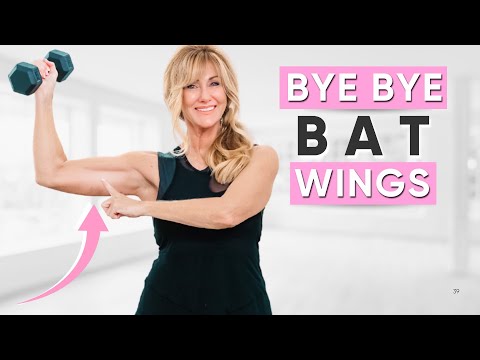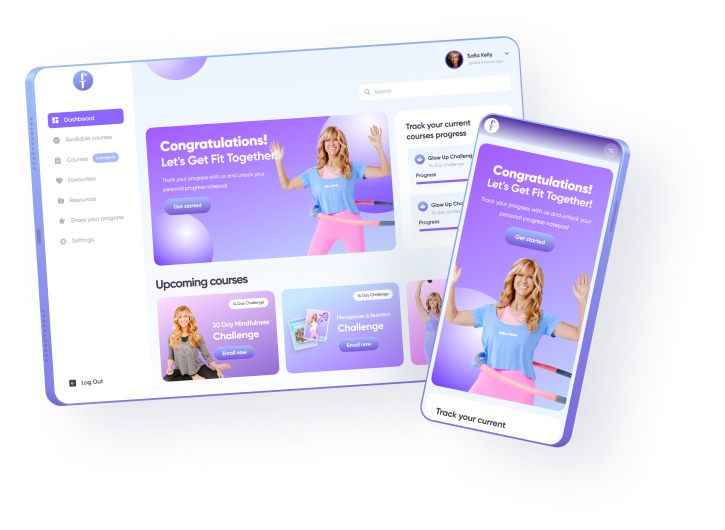If you’ve wondered whether a balance workout for women over 50 can truly make a difference, Holly’s story is your encouragement.
Two weeks can change everything. Holly wrote, “I’ve been using your videos every day for 2 weeks and what a change.” After a year of inner ear issues, cataract surgery, a broken wrist, and a kidney transplant, her balance and confidence had taken a hit.
Yet, with gentle consistency, she noticed real progress—so much that she now looks forward to moving every day. And you can experience this, too! In just 10 minutes, you can reawaken your body’s natural stability, protect your independence, and move through life with ease and assurance.
Why Balance Workouts Matters So Much After 50
As we move through our 50s and beyond, it’s normal to notice changes in coordination, reaction time, and stability. Hormonal shifts, joint stiffness, and less active years can all contribute. The important thing to remember is that your balance isn’t fixed—it’s trainable. A focused balance workout for women over 50 teaches your nervous system to respond faster, your muscles to stabilize more effectively, and your mind to feel calm and confident while you move.
Balance training also supports everyday independence. From stepping off a curb to turning quickly in the kitchen, daily life is full of “mini agility drills.” When you practice balance, you’re rehearsing those exact moments in a safe, controlled way. With consistent practice, you’ll feel more secure walking, standing, and navigating busy spaces—without the fear of wobbling or falling.
What You’ll Do in Just 10 Minutes
This routine is designed for comfort and results: no equipment, no floor work, and absolutely no jumping. Every move is low-impact and beginner-friendly, yet surprisingly effective. Here’s what you’ll find in a typical balance workout for women over 50:
- Ankle and foot activators like ankle circles and calf raises to wake up your base of support
- Hip and core stability drills such as standing marches and side leg lifts for better posture and control
- Balance challenges like tandem stance, weight shifts, and supported single-leg holds to improve steadiness
- Gentle brain training with simple head turns, counting patterns, or visual focus work to keep your mind sharp while your body moves
The goal isn’t to push hard; it’s to move with intention. Each repetition teaches your body to find center faster, hold posture longer, and stay steady even when life throws a little wobble your way.
The “Secret Sauce”: Proprioception and Brain–Body Connection
Behind every graceful step is a quiet orchestra of signals called proprioception—your body’s way of sensing joint angles, muscle tension, and position in space. A balance workout for women over 50 specifically stimulates these sensors, helping your brain receive clearer information and send quicker corrections. That’s why, after a few sessions, you may notice you can catch yourself mid-stumble or turn without feeling dizzy.
There’s a brain benefit too. Coordination tasks—like tracking a still point with your eyes while turning your head, or counting backward as you march—support neuroplasticity. Think of it as “smart strength” for your balance: your nervous system learns to coordinate movement and attention, so you respond more smoothly in real-life moments.
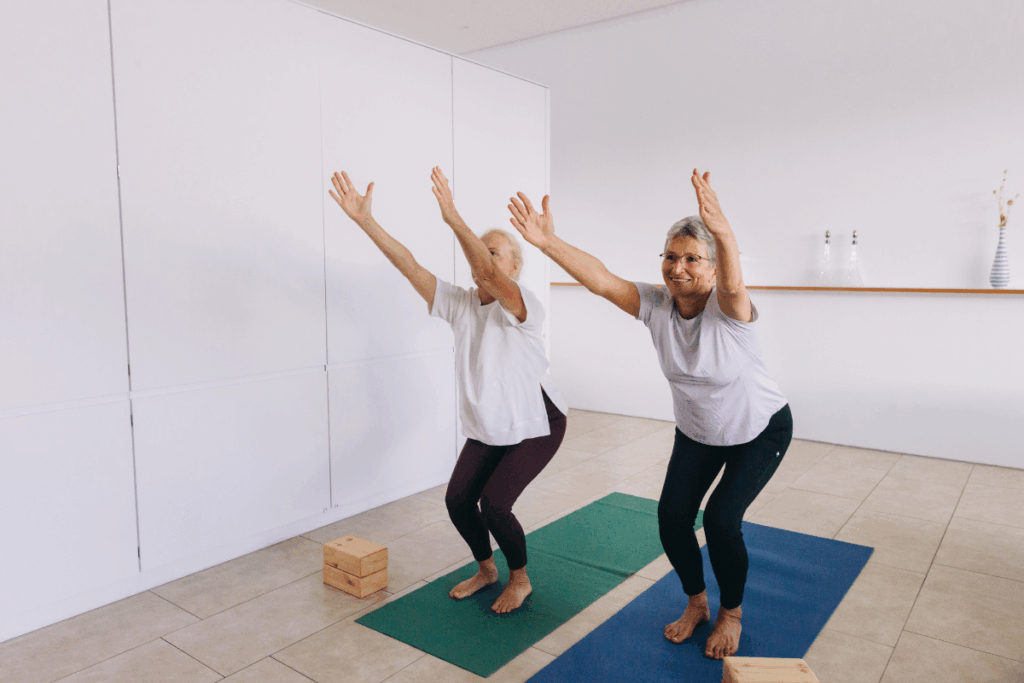
Real Results You Can Feel
The earliest wins from a balance workout for women over 50 are subtle but meaningful. You might notice you stand a little taller, feel steadier walking across a room, or turn your head without losing your footing. Simple daily tasks—carrying groceries, stepping into the shower, or moving around the kitchen—feel more secure. Those small shifts add up to big confidence.
Holly noticed it too: “I have made such improvement I actually look forward every day to using these.” Let her words remind you that progress often arrives quietly—one calm breath, one steady step, one confident day at a time.
How Often to Train (and How to Progress Safely)
Aim for this balance workout for women over 50 at least three days per week. If you enjoy daily practice, keep sessions short and gentle—consistency is more powerful than intensity. Sprinkle micro-moments of balance into your day: stand on one leg while brushing your teeth, do five heel-to-toe steps down the hallway, or hold a 20-second tandem stance before meals.
When the routine feels comfortable, progress gradually:
- Reduce support: move from a full hand on the chair to fingertips, then hover the hand nearby
- Narrow your base: bring your feet closer together, then try tandem stance
- Add gentle multitasking: pair simple counting or breath patterns with balance holds
- Increase time under tension: extend holds by 5–10 seconds or add 2–3 extra reps
Slow, steady progression teaches your body to be reliably stable—not just during workouts, but everywhere you go.
Safety First: Simple Setups That Make a Big Difference
Your safety is the foundation of success. Set yourself up to succeed with these strategies:
- Create a clear space. Remove clutter, secure loose rugs, and make sure the floor is dry and well lit.
- Use stable support. Practice near a countertop, wall, or sturdy chair so you can steady yourself anytime.
- Choose the right shoes. Supportive sneakers—or barefoot on a firm surface—help your feet “read” the ground.
- Be medication- and vision-aware. If you’re experiencing dizziness or recent prescription changes, talk with your healthcare provider and schedule regular eye checks.
- Listen to your body. Mild muscle fatigue is normal; sharp pain is not. Rest as needed and build gradually.
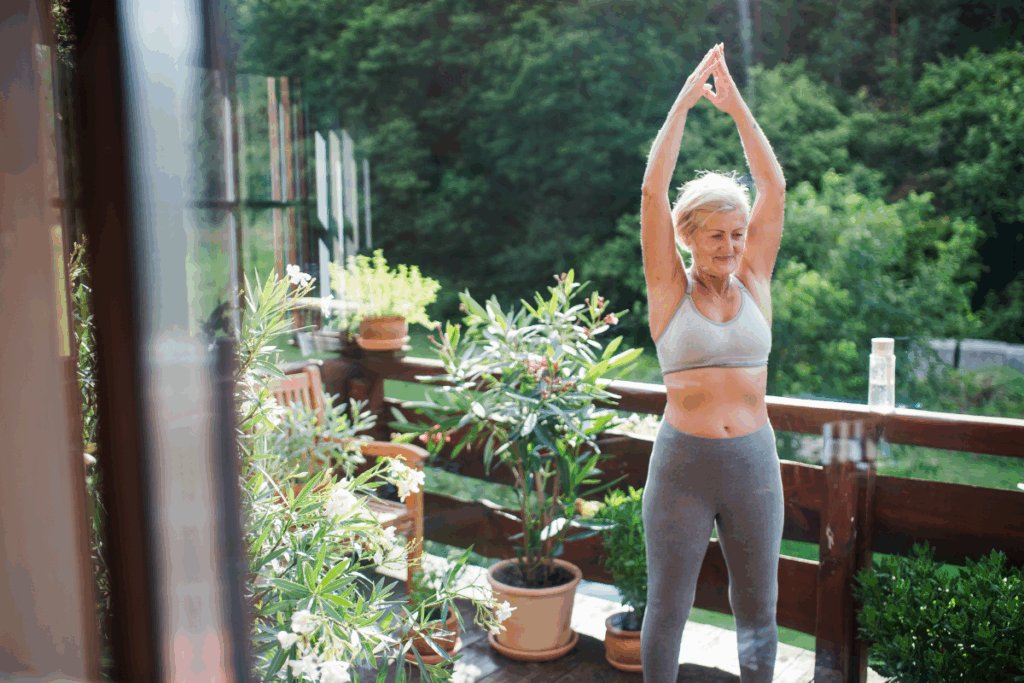
Practical Tips to Keep Improving
Be delightfully consistent. The nervous system loves frequent, low-stress practice. Ten minutes most days can outperform a single long session each week.
Pair balance with strength. Strong hips, ankles, and core make balance automatic. Add two brief strength sessions weekly—sit-to-stands, wall push-ups, hip hinges, and gentle bridges if comfortable.
Walk with purpose. During a daily walk, sprinkle in “balance snacks”: three tandem steps, a 20-second single-leg pause at a railing, or a sideways shuffle on a flat, safe stretch.
Use your eyes wisely. Practice focusing on a still point while moving your head slowly. This trains your visual system to support balance in busy environments.
Celebrate micro-wins. Fewer fingertip taps on the chair? Five extra seconds in tandem stance? These are signs your brain–body connection is getting stronger.
Frequently Asked Questions – Balance Workouts for Women Over 50
Will balance training help if I get dizzy sometimes?
Gentle, well-supported practice can be helpful for many people. Keep your gaze soft, move slowly, and rest as needed. If dizziness is frequent or new, consult your healthcare provider for personalized guidance.
Do I need equipment?
No. A balance workout for women over 50 can be highly effective with just your body weight and a sturdy chair. As you advance, you might add a cushion or folded towel under one foot to increase challenge, but it’s optional.
What if my knees or hips are stiff?
Keep ranges small, move with control, and focus on posture. Warming up with ankle circles and gentle marches often makes the rest of the routine feel comfortable.
You’re Stronger Than You Think
You’re not starting from zero; you’re reconnecting with the balance your body already knows. A balance workout for women over 50 is one of the simplest, most empowering ways to stay independent, confident, and vibrant. Start with 10 minutes today. In a week, add a small challenge. In a month, notice how you move through the world with more ease and joy.
If you’d like a friendly guide to keep you motivated, explore the Fabulous50s programs designed especially for women over 50. Join our community, find a routine you love, and let each steady step remind you: you’re capable, you’re resilient, and you’re only getting stronger.
Key takeaways – Balance Workouts for Women Over 50
- A balance workout for women over 50 improves stability, confidence, and independence in just 10 minutes a day
- Training proprioception and gentle brain–body coordination helps you react faster and prevent falls
- Practice at least 3 days per week, progress gradually, and pair balance with simple strength moves for best results






